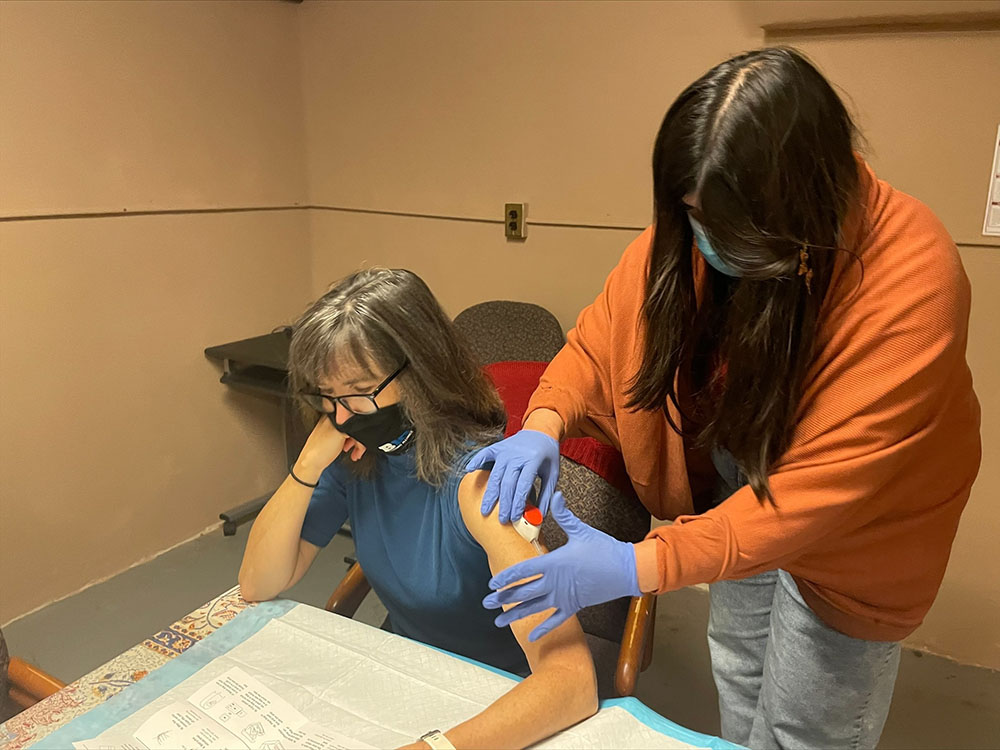Current Research
Predicting and Communicating PFAS Exposure Risks from Rural Private Wells
Predicting and Communicating PFAS Exposure Risks from Rural Private Wells
In collaboration with communities across the United States, this project is developing predictive tools that estimate the risk of exposure to a certain class of chemicals, per- and polyfluoroalkyl substances (PFAS), in private well water in the United States. Due to their persistence and widespread use, PFAS are also known as ‘forever chemicals.’ Exposure to these chemicals is associated with a wide range of adverse health outcomes, including liver damage, thyroid disease, kidney and testicular cancer, and suppression of the immune system. This research is funded by the United States Environmental Protection Agency.
Water Infrastructure to Improve Childhood Outcomes and Decrease Childhood Lead Exposure
This research is investigating how lead in private well water in the United States affects childhood development. It includes a “big data” element that leverages routine blood lead surveillance along with water system, census, property tax, juvenile justice, and education data to assess the effects of lead in private well water on children’s exposure to lead and their behavior later in life. It also includes a field component, in which households relying on private well water are being recruited for assessment of lead exposure risks. The project also will recommend approaches for mitigating the risks of exposure to lead in households relying on private well water. This research is funded by the United States Environmental Protection Agency.

Targeting Homes with High Lead Exposure Risks by Leveraging Big Data and Advanced Machine-Learning Algorithms
In partnership with communities in Indiana and North Carolina, this is creating a web-based app and mapper – called “Pb Reduction in Critical Homes” or PREDICT – that will identify houses where children are at high risk of exposure to environmental lead. The app also will predict which interventions are likely to be the most effective. This project is funded by the United States Department of Housing and Urban Development.
Water and Health Infrastructure, Resilience, and Learning (WHIRL)
In collaboration with Wayne State University and the University of Michigan, we are using machine learning tools to develop a predictive model of drinking water health risk using both drinking water system and public health data. These tools may be used to create an early warning system for drinking water risks in vulnerable areas. This work is funded by the National Science Foundation and the North Carolina Sea Grant and Water Resources Research Institute.
Evaluating the Effectiveness of Point-Of-Use (POU) Water Filters for Mitigating Waterborne Contaminants from Private Drinking Water Wells in North Carolina
In partnership with North Carolina communities, this project is evaluating the effectiveness of POU filters to remove drinking water contaminants, including lead, per- and polyfluoroalkyl substances (PFASs), and microbial contaminants, from private well water. This work is funded by the North Carolina Policy Collaboratory.